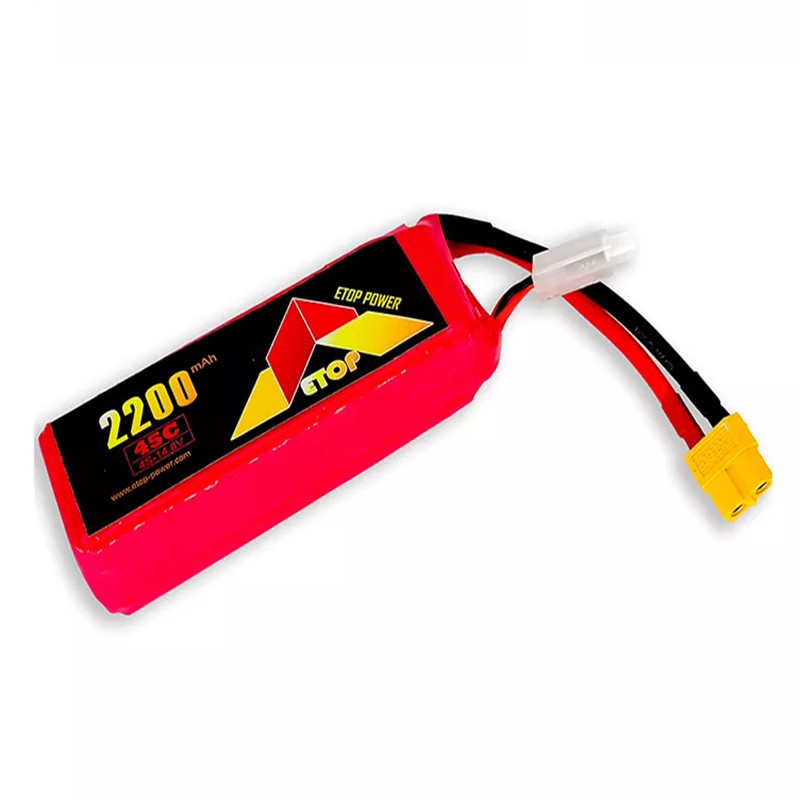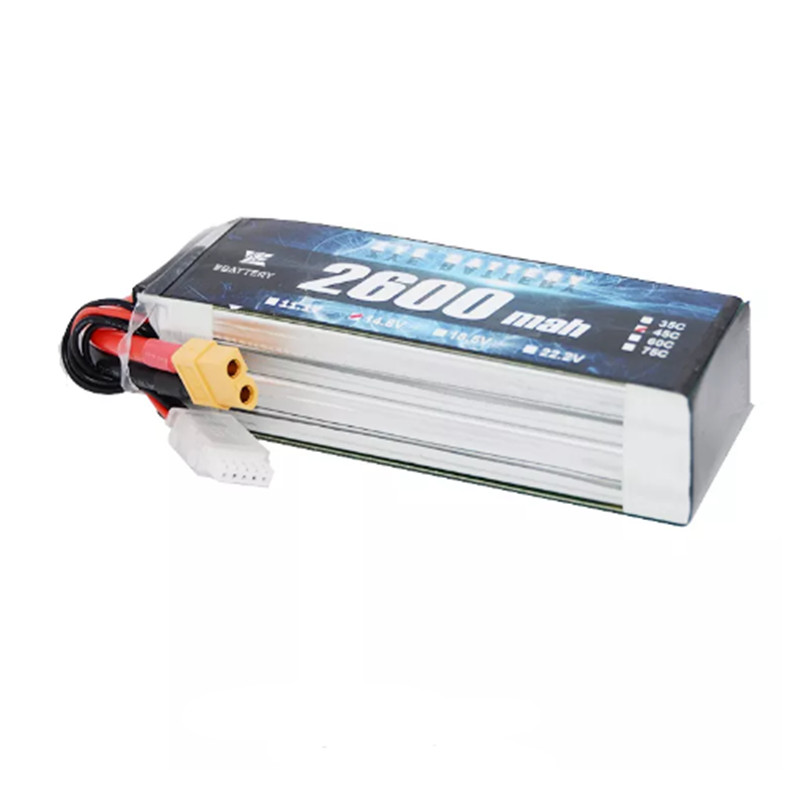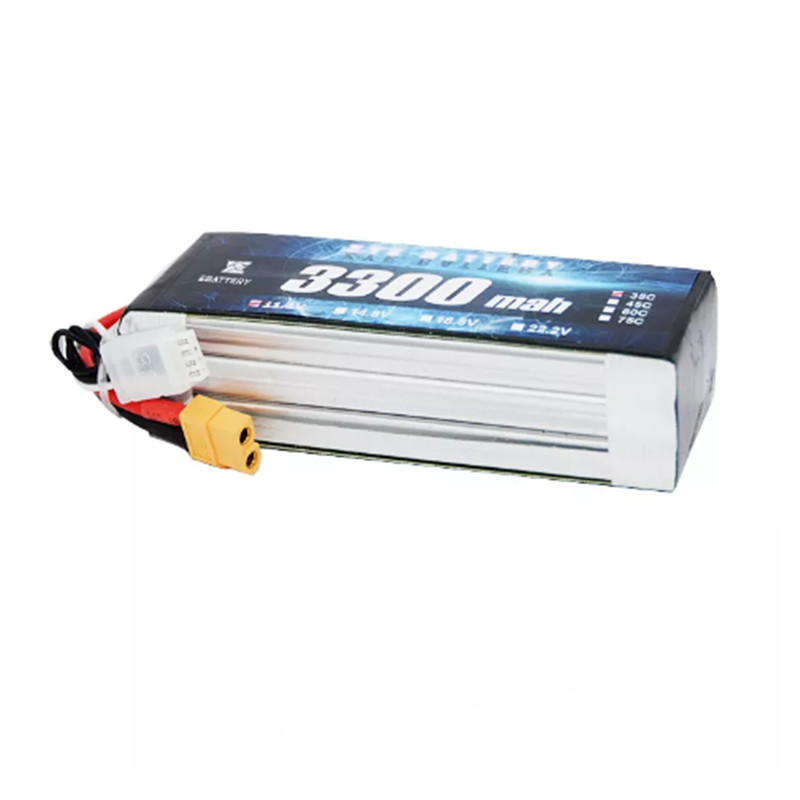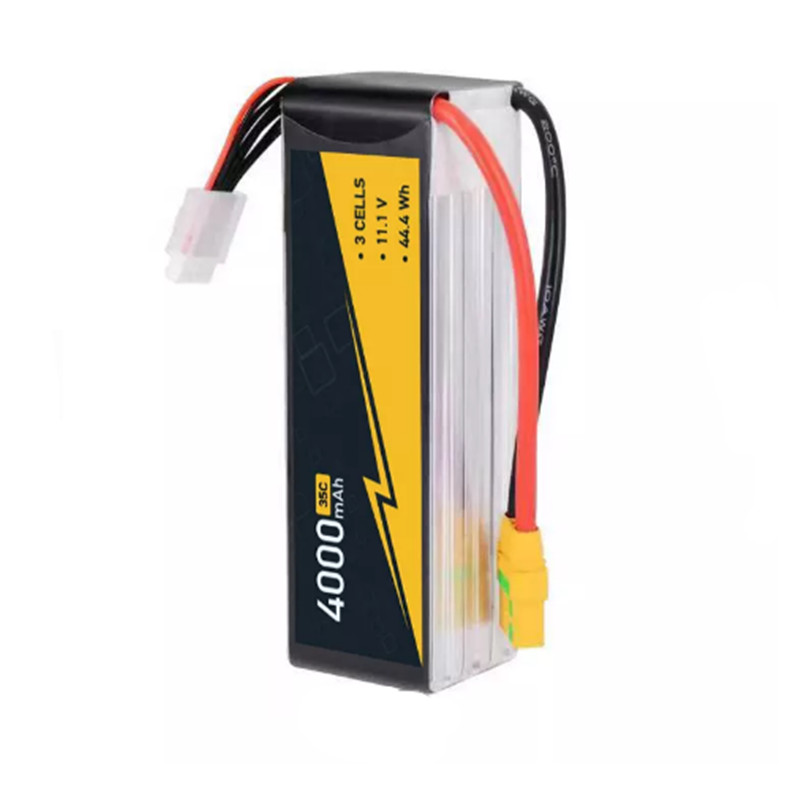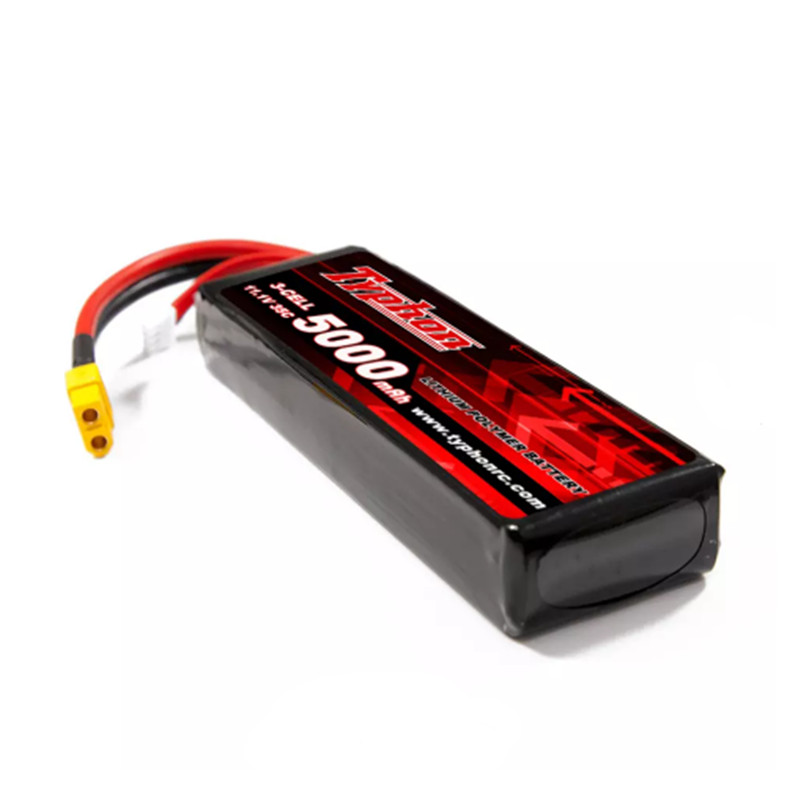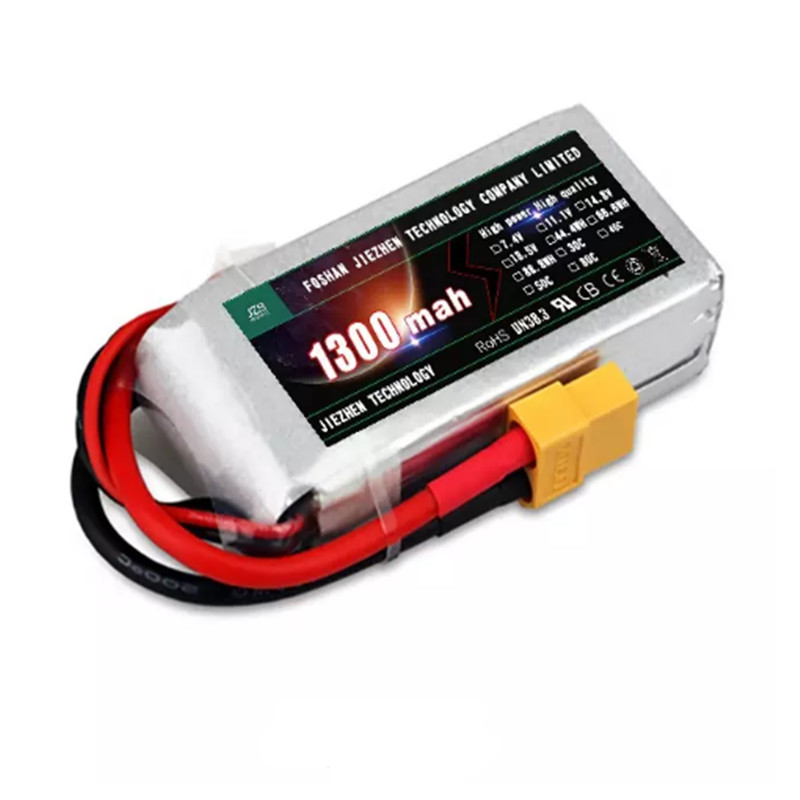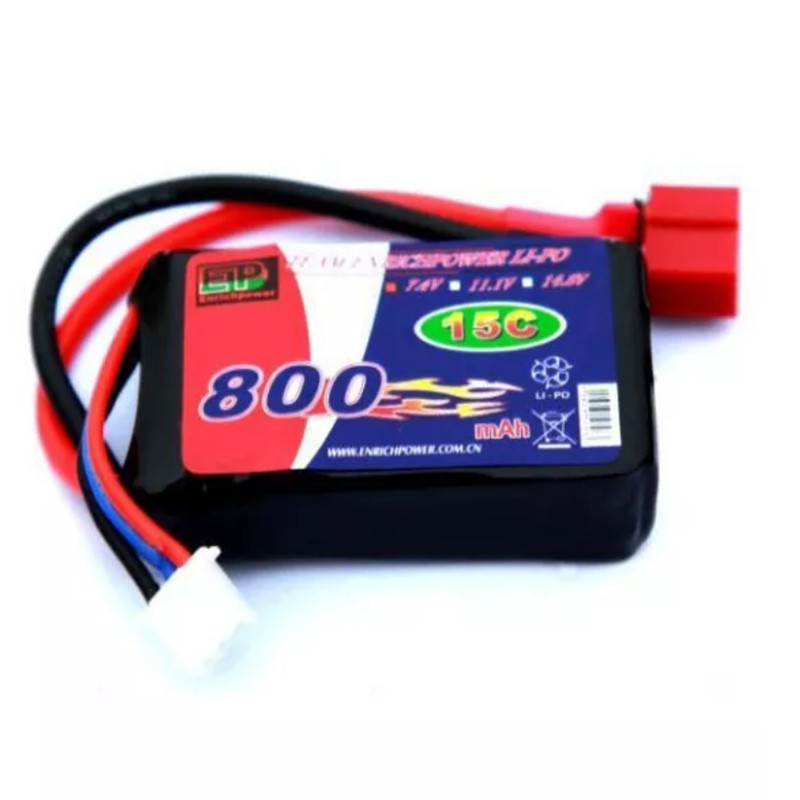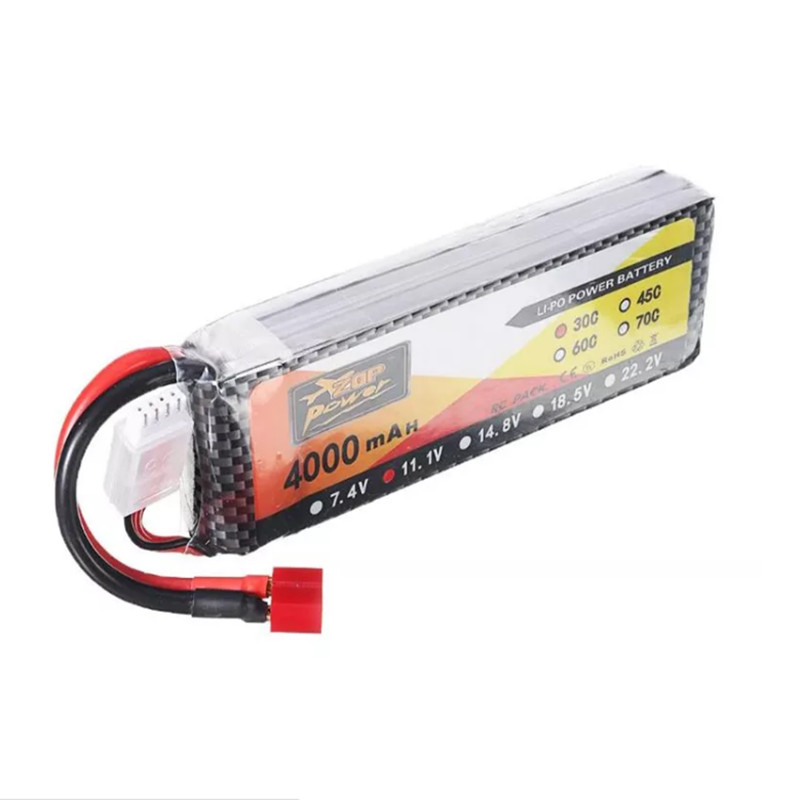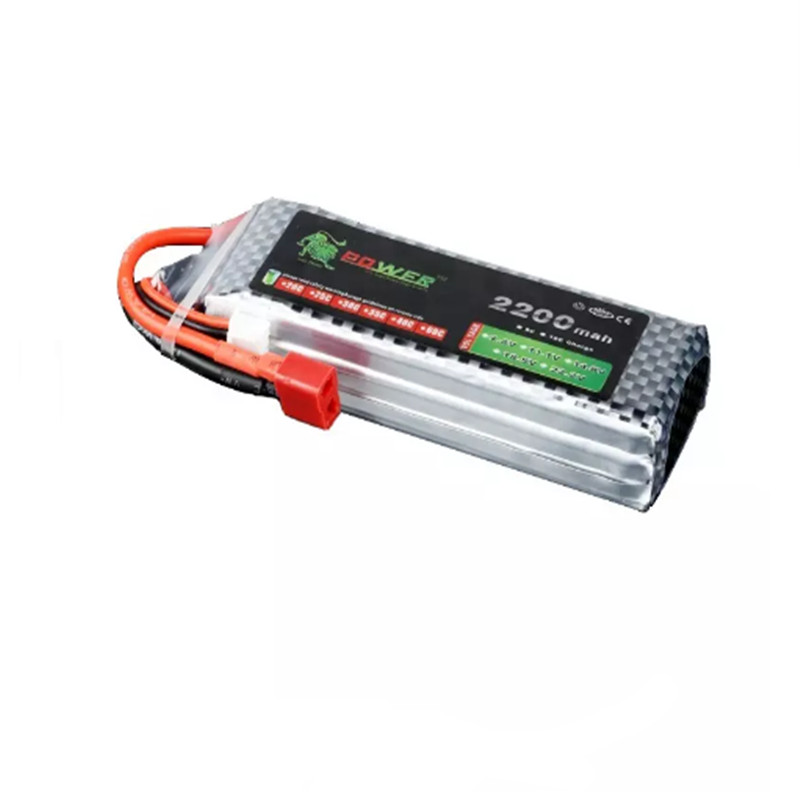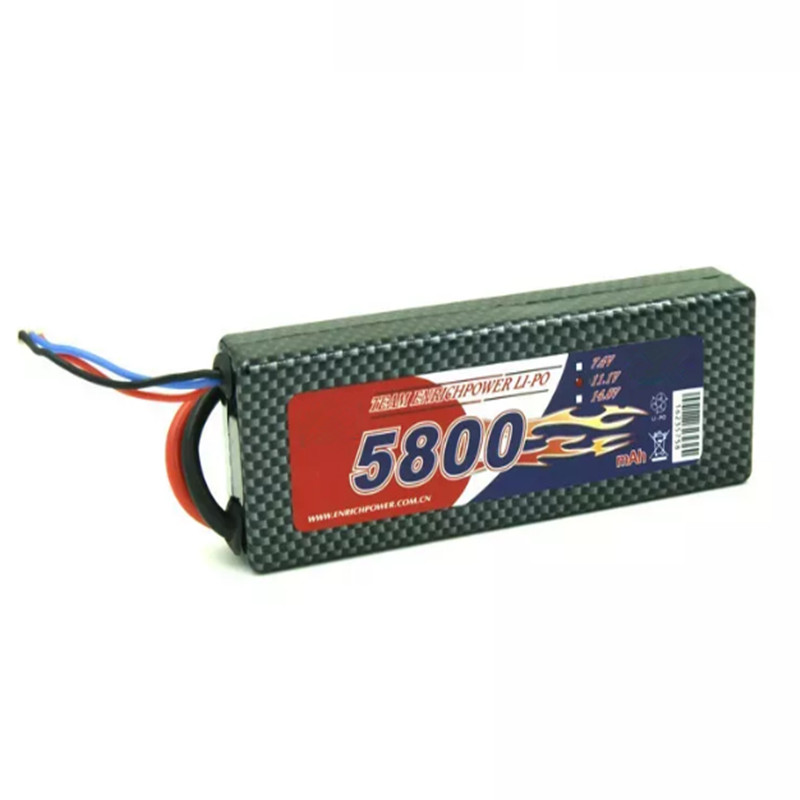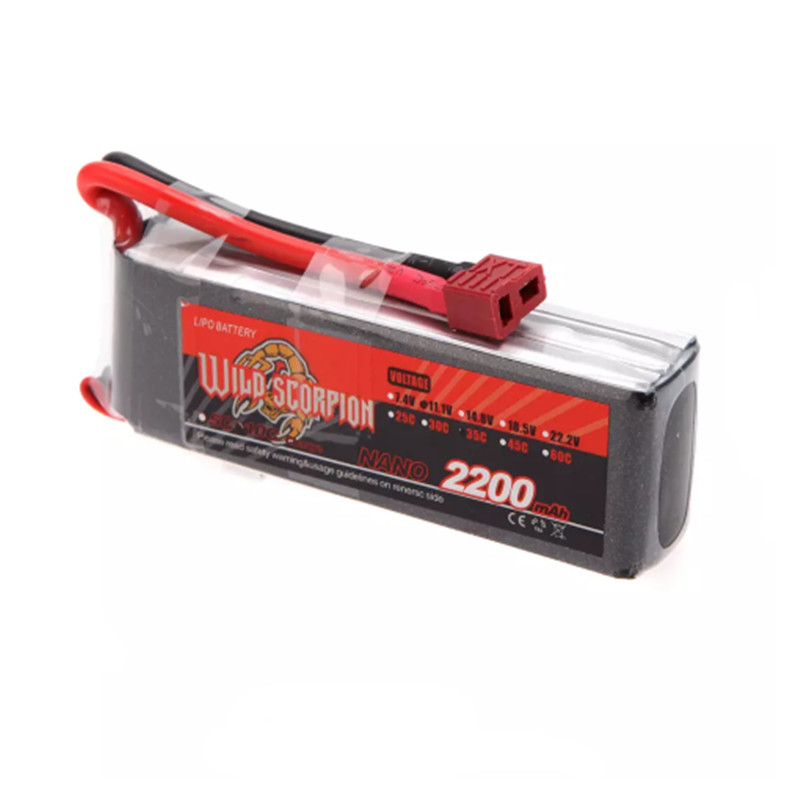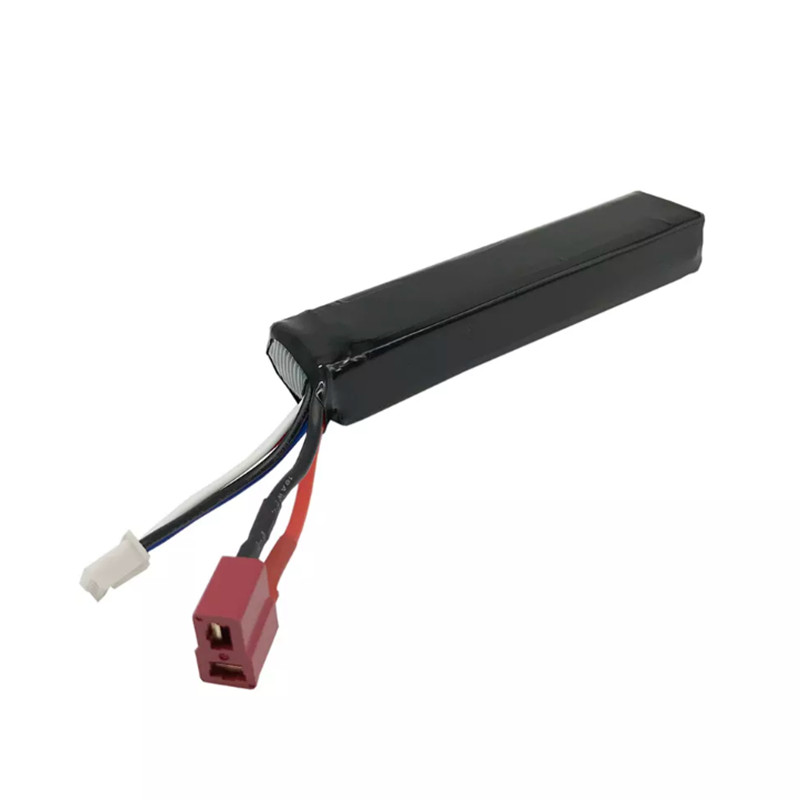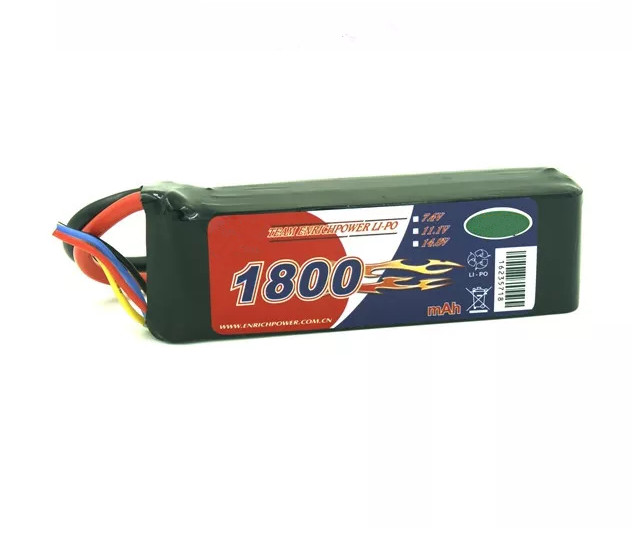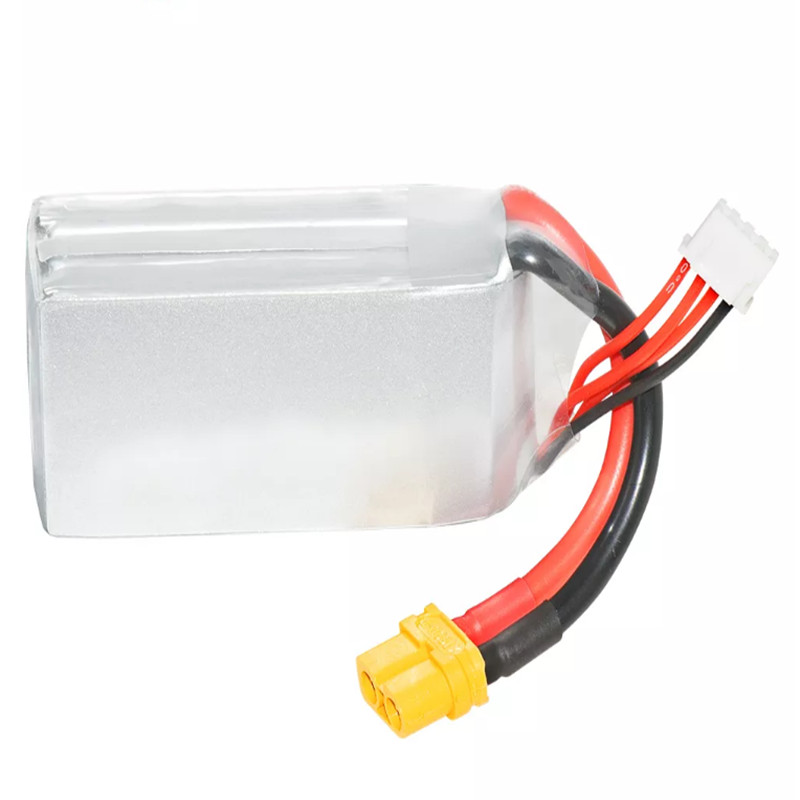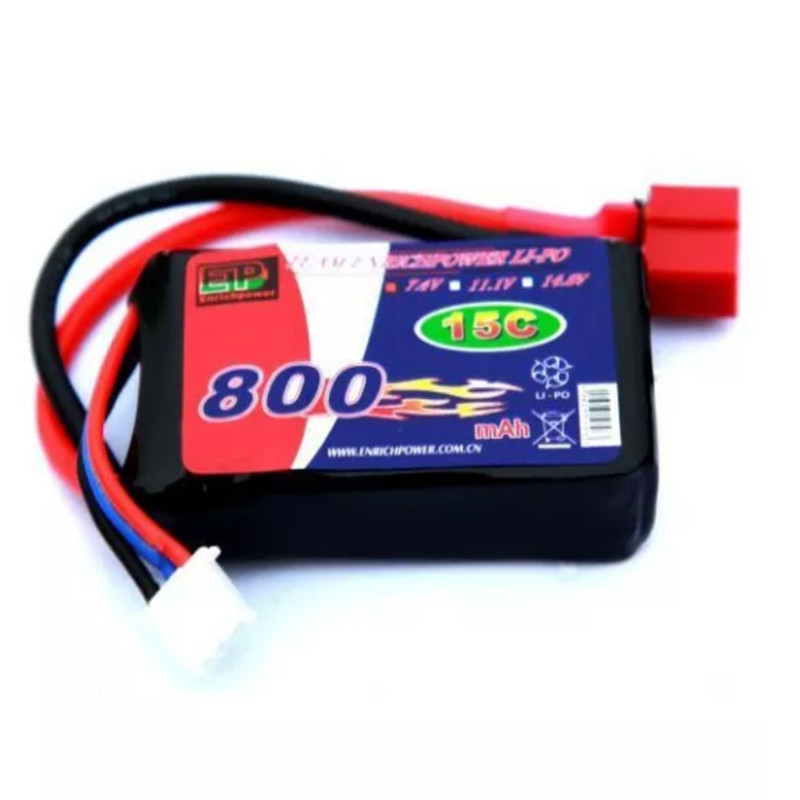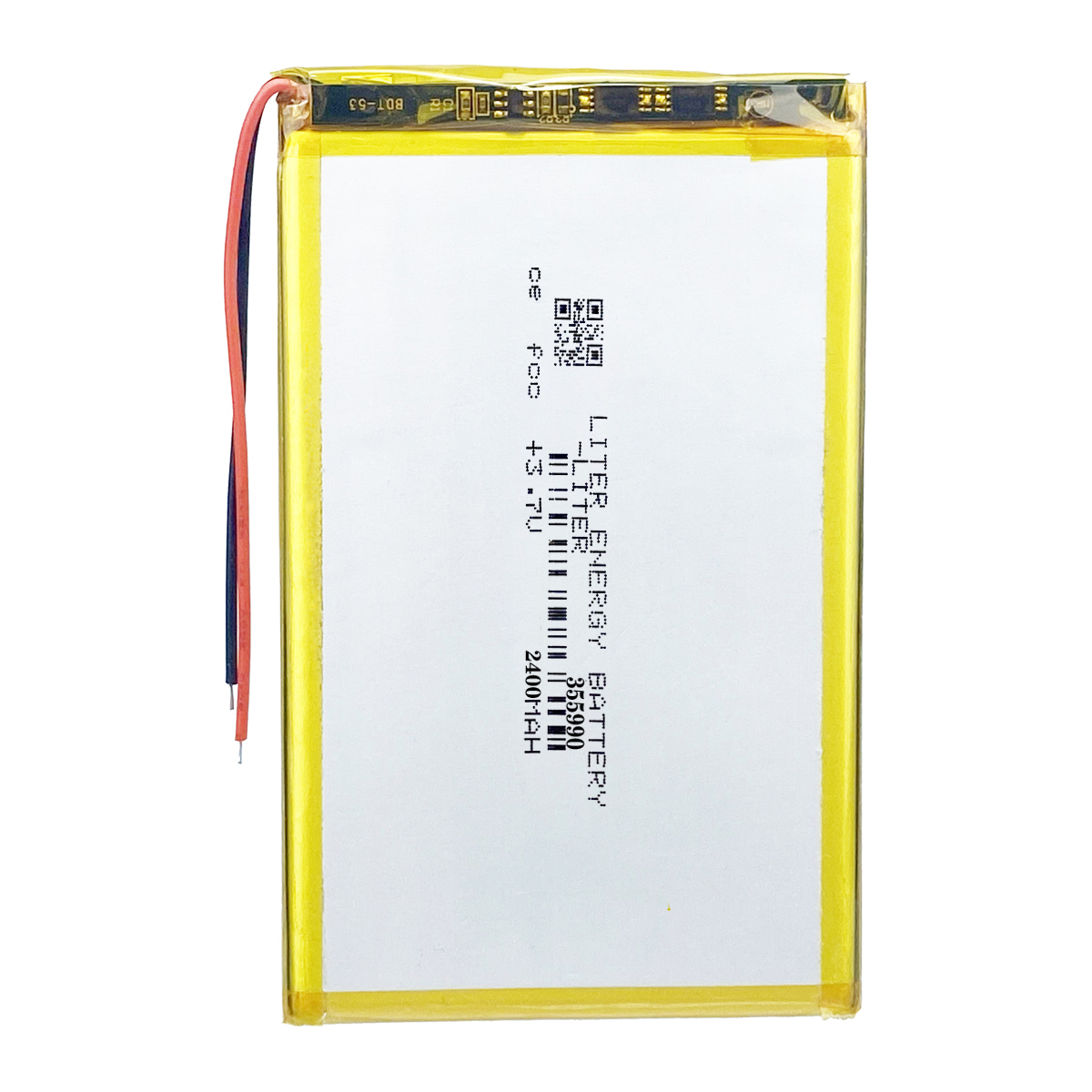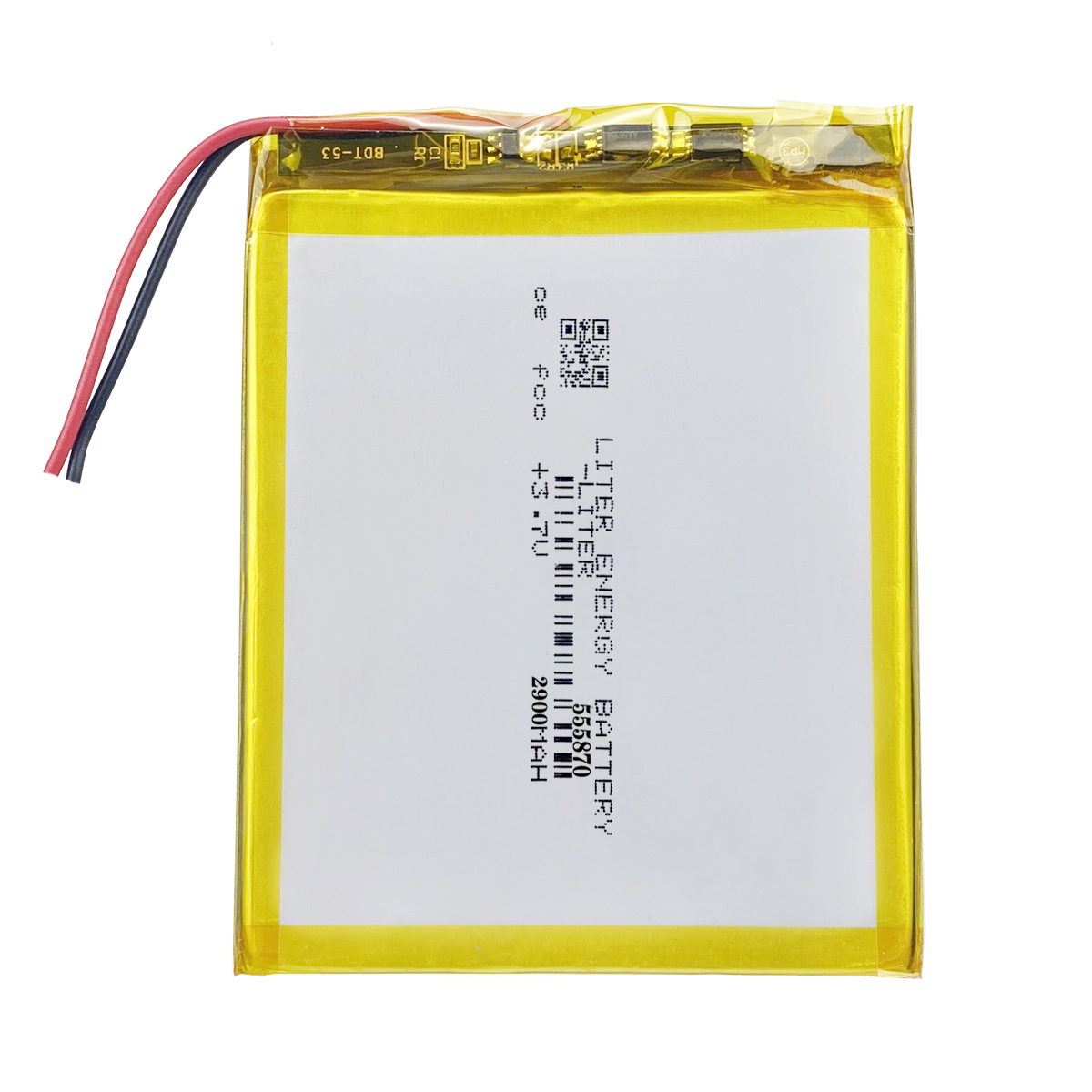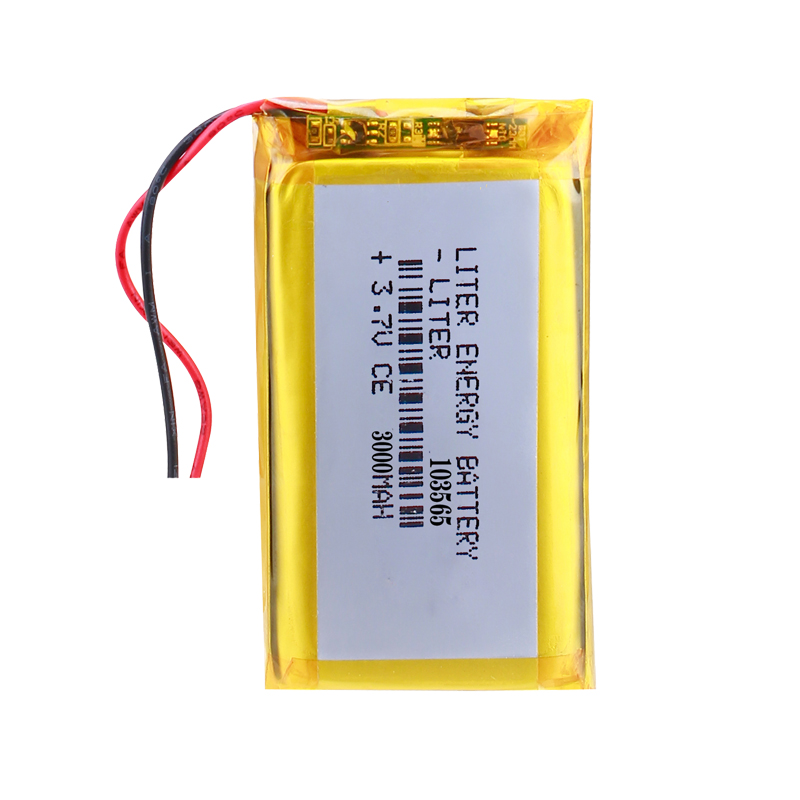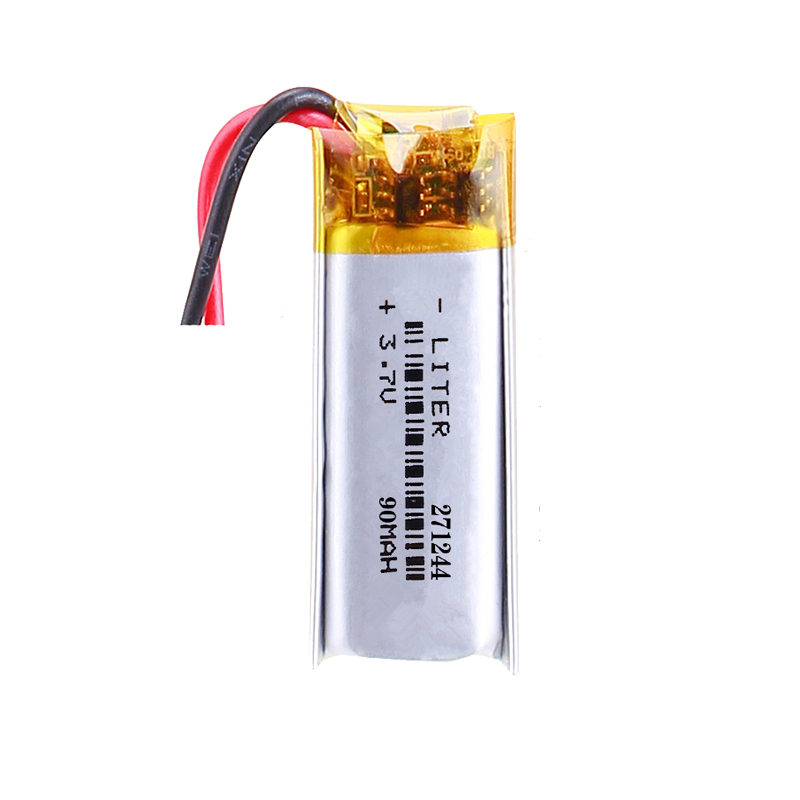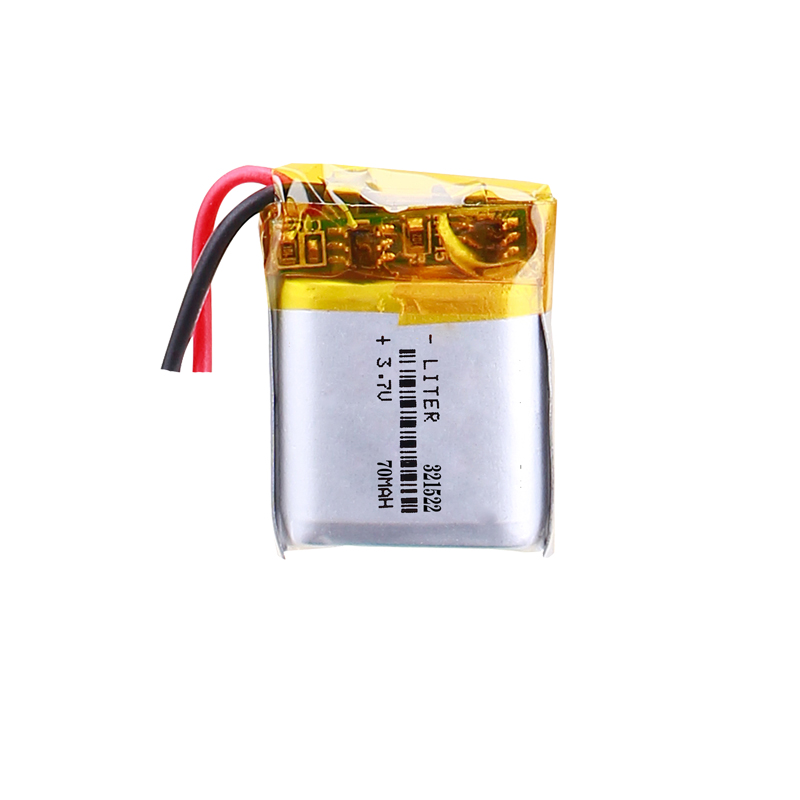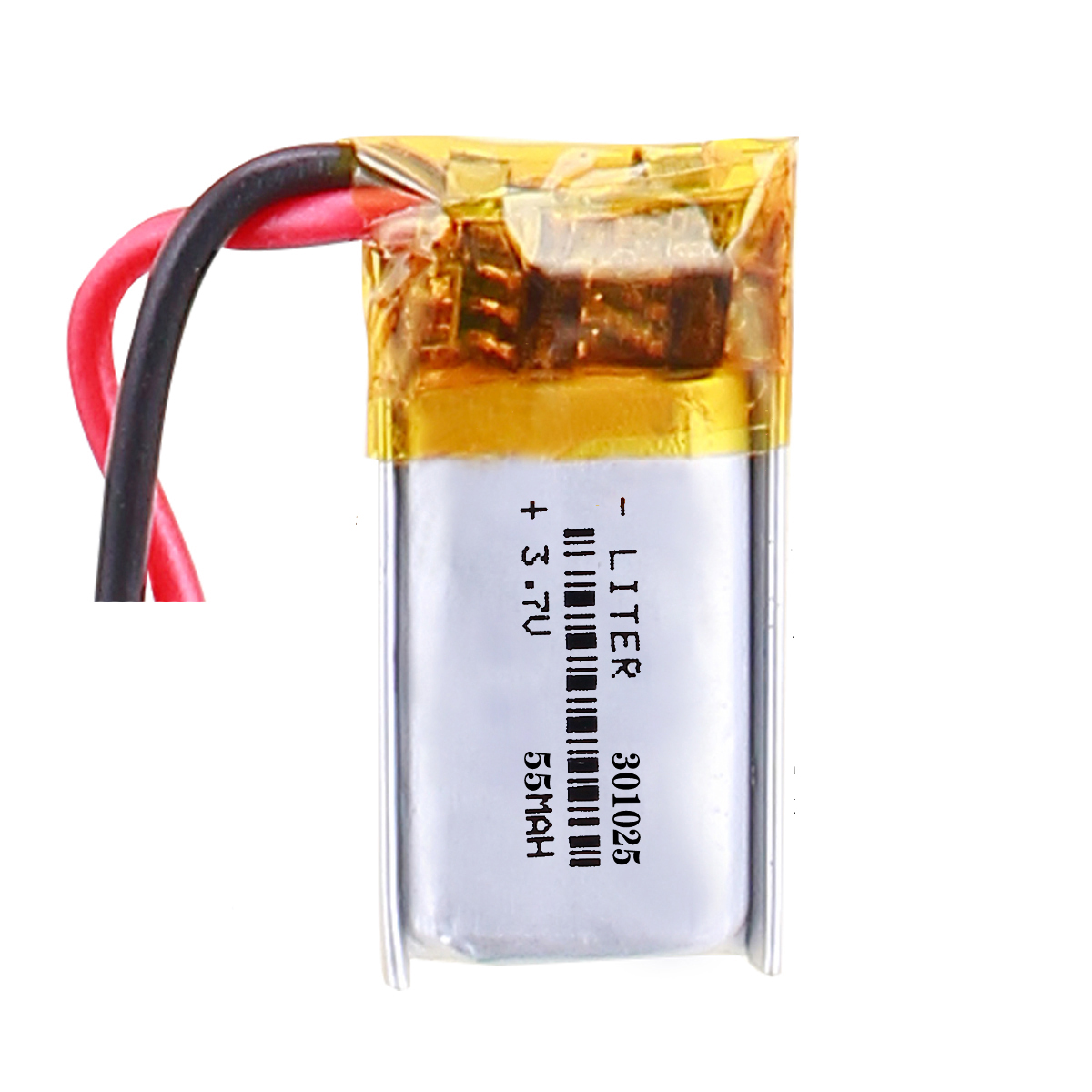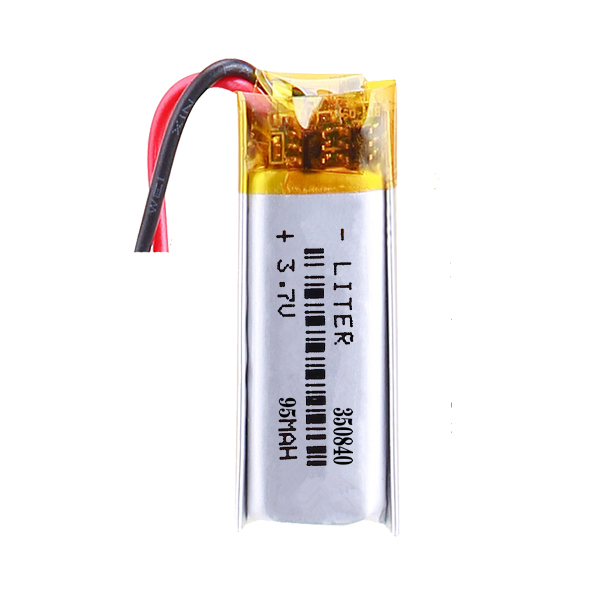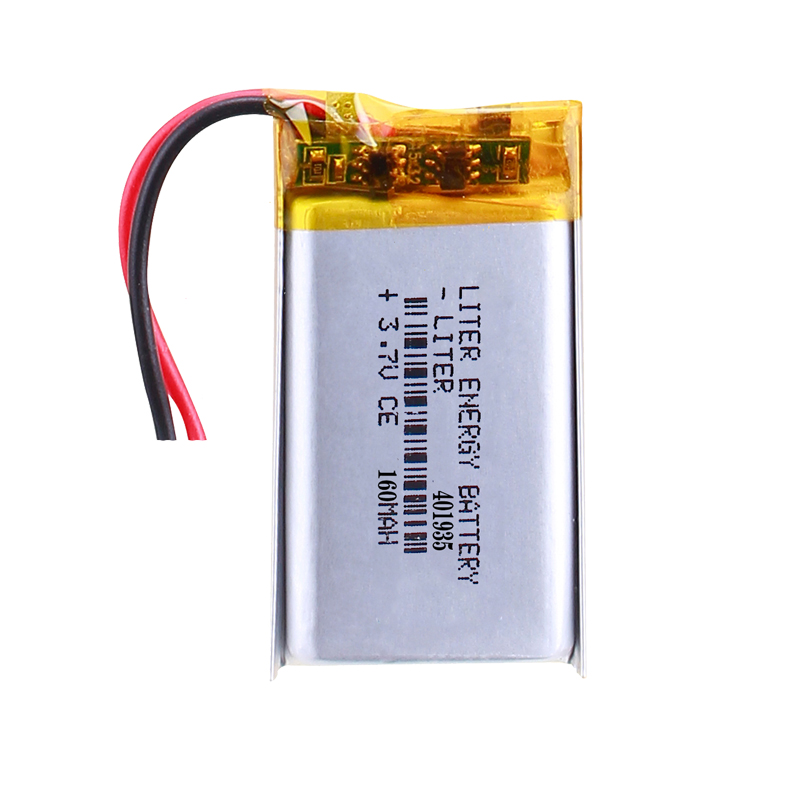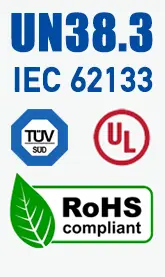High Rate Discharge LiPo Batteries
Accurate Size & Safe with Japan IC+Mos & Density CapacityHigh Rate Discharge LiPo Batteries
China High-quality supplier of high rate discharge LiPo battery. Ask sample & datasheet for developing the prototype. Short delivery time & Fast air shipment.
High Discharge current C rating describes how quickly a battery can be discharged.
Due to the high rate discharge LiPo battery use the electrode material which is favorable for high rate discharge, the internal resistance design of the electrode is smaller than that of the standard battery, so the rate battery has high discharge platform, high discharge efficiency, and high output power and energy.
Battery manufacturers often specify capacity at a given discharge rate, temperature, and cut-off voltage. The specified capacity will depend on all three factors. A battery that appears to have a high capacity on a spec sheet may actually perform poorly if the current drain for the application is higher. For instance, a battery rated at 2 Ah for a 20-hour discharge cannot deliver 2 A for 1 hour, but will only provide a fraction of the capacity.
Batteries with high power provide rapid discharge capability at high drain rates such as in power tools or automobile starter battery applications. Typically, high power batteries have low energy densities.
High rate discharge LiPo batteries can be rapidly discharged in a short period. If you select the inequality High rate discharge LiPo batteries, it may lead to short-circuiting of LiPo Batteries and even have destroyed to your devices. So it is important to select an unbeatable one to work for you. Our High rate discharge LiPo battery engineers put into more design more effort and high technology to design, manufacture High rate discharge LiPo batteries, and custom special PCM that for some personal need. The special PCM can ensure High rate discharge LiPo batteries to be more stable, safe and durable when high discharging.
Design and produce the Li-Polymer ion batteries for smartphones and prototype boards. Looking for a High C rate battery based on the following spec.
High Rate 5C High Rate 10C High Rate 15C High Rate 20C High Rate 25C High Rate 30C High Rate 35C High Rate 40C High Rate 50C
Rigorous Testing and Fast Delivery
Our High rate discharge LiPo battery engineers put into more design more effort and high technology to design, manufacture High rate discharge LiPo batteries, and custom special PCM that for some personal need. The special PCM can ensure High rate discharge LiPo batteries to be more stable, safe and durable when high discharging.
will be rigorous tested before shipping. It is significant to ensure higher quality of LiPo Batteries. What’s more, we stock additional High Rate discharge LiPo Batteries for samples and small order, you can get it faster than making a new sample.
To select the Best high rate discharge LiPo Batteries for your RC helicopter
To select a high rate discharge LiPo battery for your RC helicopter, you first need to know what voltage you require and how much current you will be drawing continuously. If the motor in your RC helicopter is rated to work with 14.8V, you would need a 4 cell battery. If you need to draw 10A, and you would like your RC helicopter to have a 10 minute (1/6th of an hour = 6C) flight, you would need a High rate discharge LiPo battery with 10A / 6 = 1.7A = 1700mAh. This means you would need to put a 3s 1700mAh High rate discharge LiPo battery with a C rating of 6 or higher in your RC helicopter.
What is Capacity And Discharge ?
A LiPo battery’s capacity is the amount of electric charge it can deliver at the rated voltage.The more electrode material contained in the cell the greater LiPo Batteries’capacity. A small cell has less capacity than a larger cell with the same chemistry, although they develop the same open-circuit voltage.LiPo Batteries’Capacity is measured in units such as amp-hour (A·h). The rated capacity of a LiPo battery is usually expressed as the product of 20 hours multiplied by the current that a new battery can consistently supply for 20 hours at 68 °F (20 °C), while remaining above a specified terminal voltage per cell. For example, a battery rated at 100 A·h can deliver 5 A over a 20-hour period at room temperature. The fraction of the stored charge that a LiPo battery can deliver depends on multiple factors, including battery chemistry, the rate at which the charge is delivered (current), the required terminal voltage, the storage period, ambient temperature and other factors.
What is mAh ?
The A is capitalized because, under the International System of Units, “ampere” is always represented with a capital A. The term mAh is an abbreviation for “milliampere hour,” and it’s a way to express the electrical capacity of smaller LiPo batteries. With larger LiPo batteries, like car LiPo batteries, we usually use ampere hours, or Ah. There are 1000 mAh in a single Ah. mAh is calculated by multiplying the amount of time the LiPo battery lasts by the amperes of the discharge current.
Simple Guidelines for Discharging LiPo Batteries :
- Heat increases LiPo battery performance but shortens life by a factor of two for every 10°C increase above 25–30°C (18°F above 77–86°F). Always keep the LiPo battery cool.
- Prevent over-discharging. Cell reversal can cause an electrical short.
- On high load and repetitive full discharges, reduce stress by using a larger LiPo battery.
- A moderate DC discharge is better for a LiPo battery than pulse and heavy momentary loads.
- A LiPo battery exhibits capacitor-like characteristics when discharging at high frequency. This allows higher peak currents than is possible with a DC load.
- Nickel- and lithium-based LiPo batteries have a fast chemical reaction; lead acid is sluggish and requires a few seconds to recover between heavy loads.
- All LiPo batteries suffer stress when stretched to maximum permissible tolerances.
Check with High Rate Discharge LiPo Battery Application:
Hot Selling High Rate Discharge LiPo Batteries:
355990 2400mAh Standard LiPo Battery with connector JST PHR-2 A
Model 355990 2400mAh Standard LiPo Battery with connector JST PHR-2 AType3.7V Standard LiPo Battery...
555870 2900mAh Standard LiPo Battery with connector FPCB
Model 555870 2900mAh Standard LiPo Battery with connector FPCBType3.7V Standard LiPo BatteryCapacit...
3.7V 103565 3000mAh Standard LiPo Battery with connector two pairs wires two connectors
Model3.7V 103565 3000mAh Standard LiPo Battery with connector two pairs wires two connectorsType3....
271244 90mAh 3.7V Rechargeable LiPo Battery Batteries
271244 90mAh 3.7V Rechargeable LiPo Battery BatteriesBattery Type 271244 90mAh 3.7V Rechargeable ...
321522 70mAh 3.7V Rechargeable LiPo Battery Batteries
321522 70mAh 3.7V Rechargeable LiPo Battery BatteriesBattery Type 321522 70mAh 3.7V Rechargeable ...
301025 55mAh 3.7V Rechargeable LiPo Battery Batteries
Model 301025 55mAh 3.7V Rechargeable LiPo Battery BatteriesType3.7V LiPo batteryCapacity55mAh LiPo ...
350840 95mAh 3.7V Rechargeable LiPo Battery Batteries with connector JST ACHR-03V-S B
Model 350840 95mAh 3.7V Rechargeable LiPo Battery Batteries with connector JST ACHR-03V-S BType3.7V...
401935 1.5A 160mAh 3.7V Rechargeable LiPo Battery Batteries
Model 4019035 1.5A 160mAh 3.7V Rechargeable LiPo Battery BatteriesType3.7V LiPo Battery Batteries...
